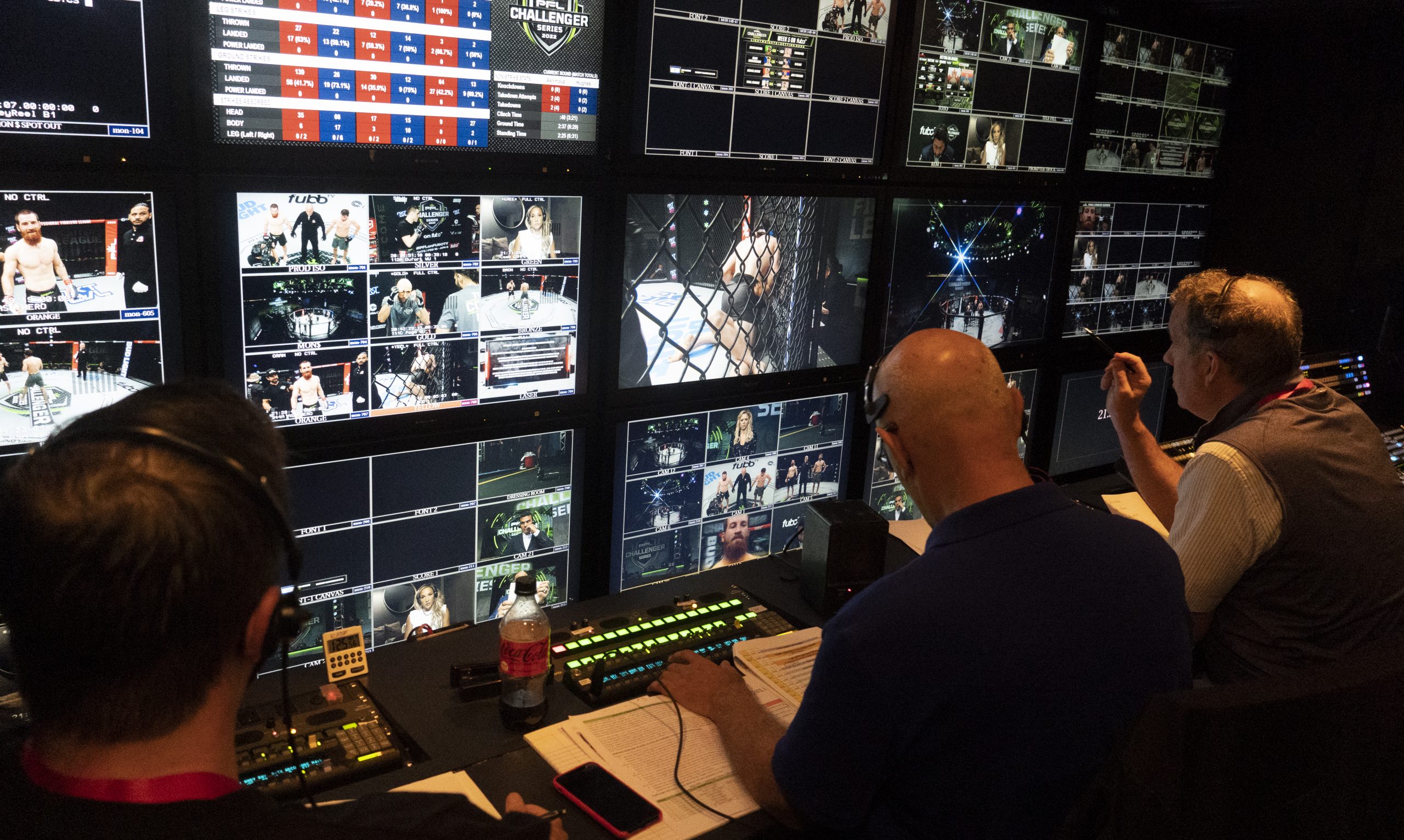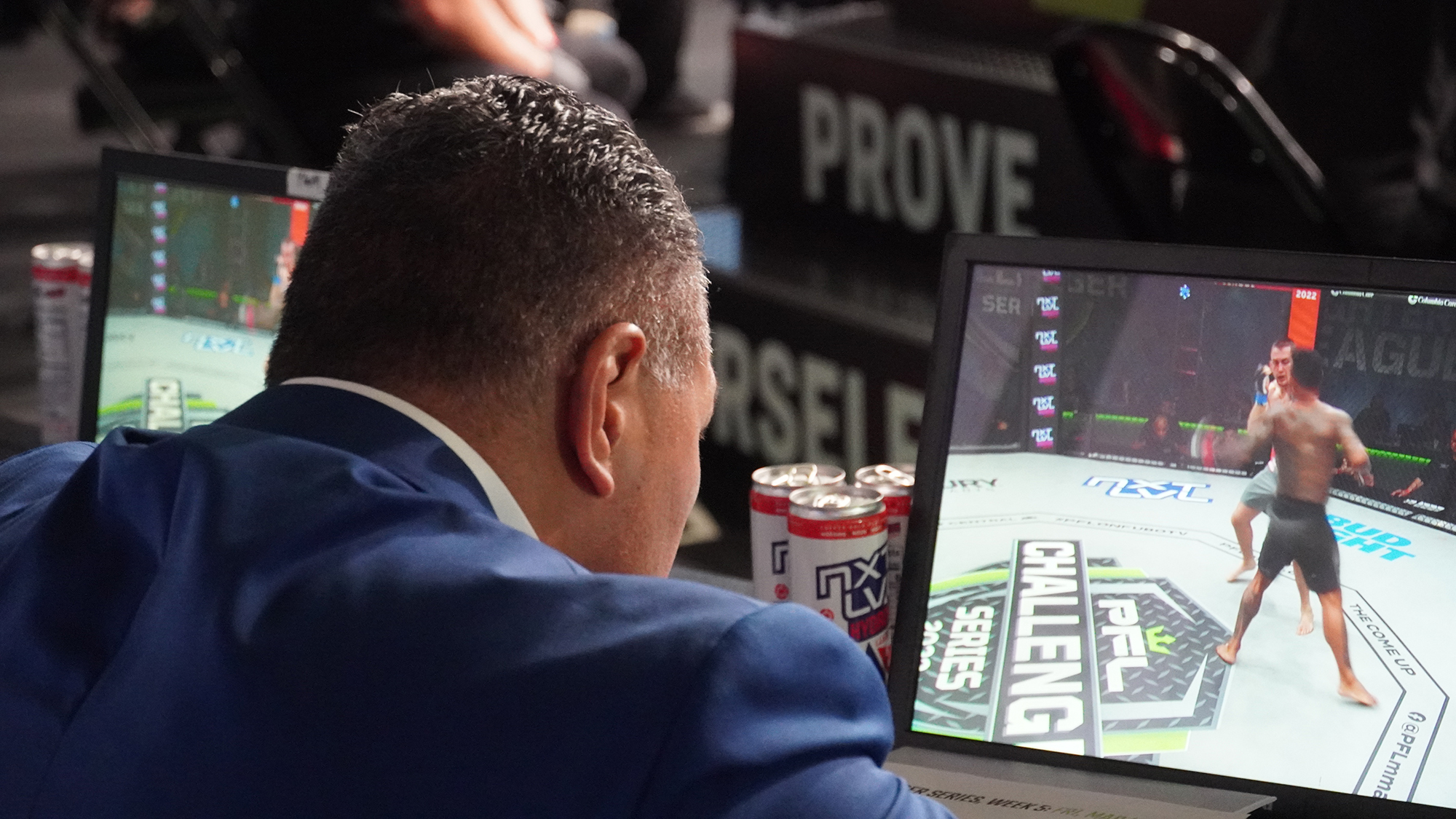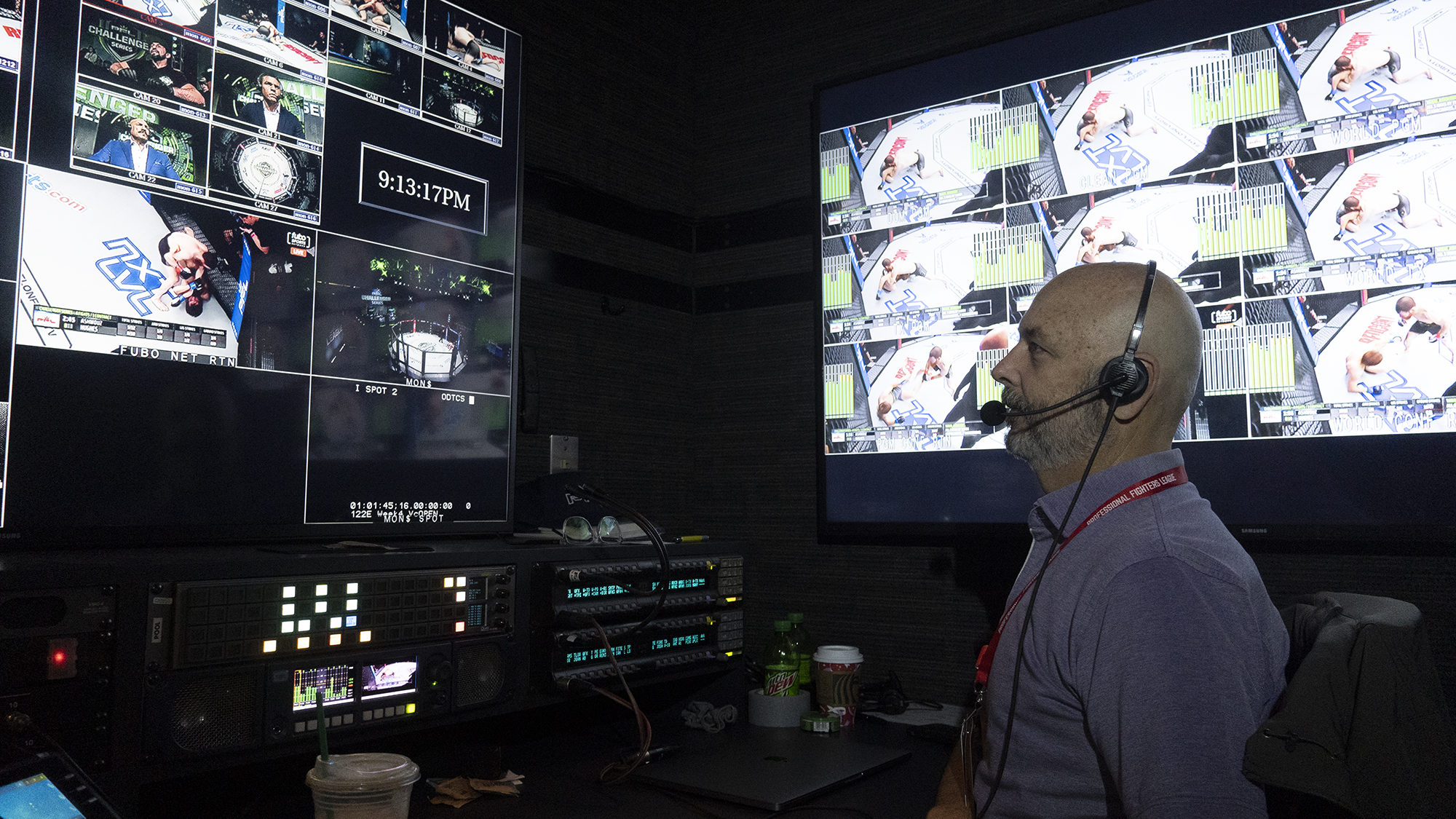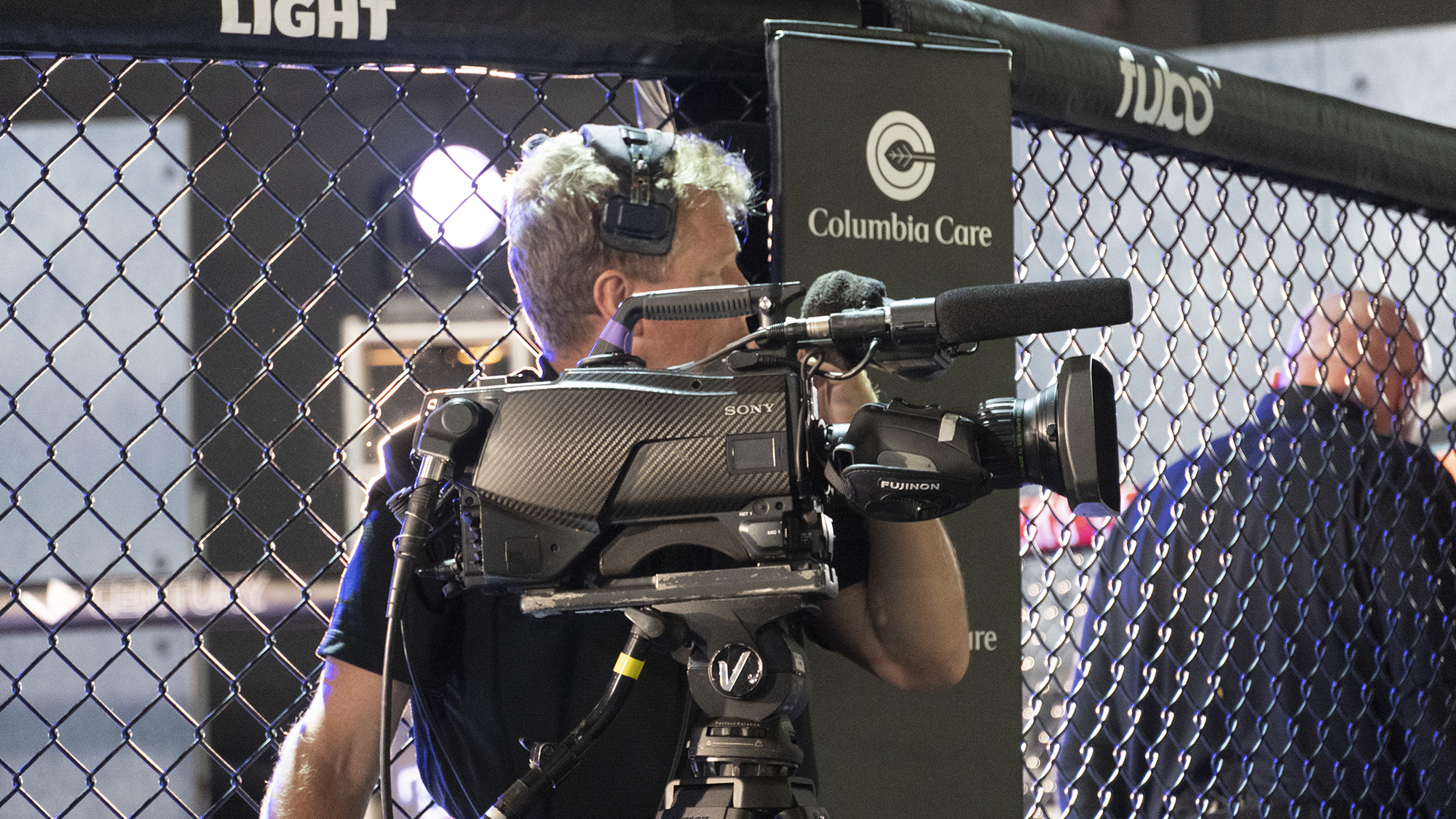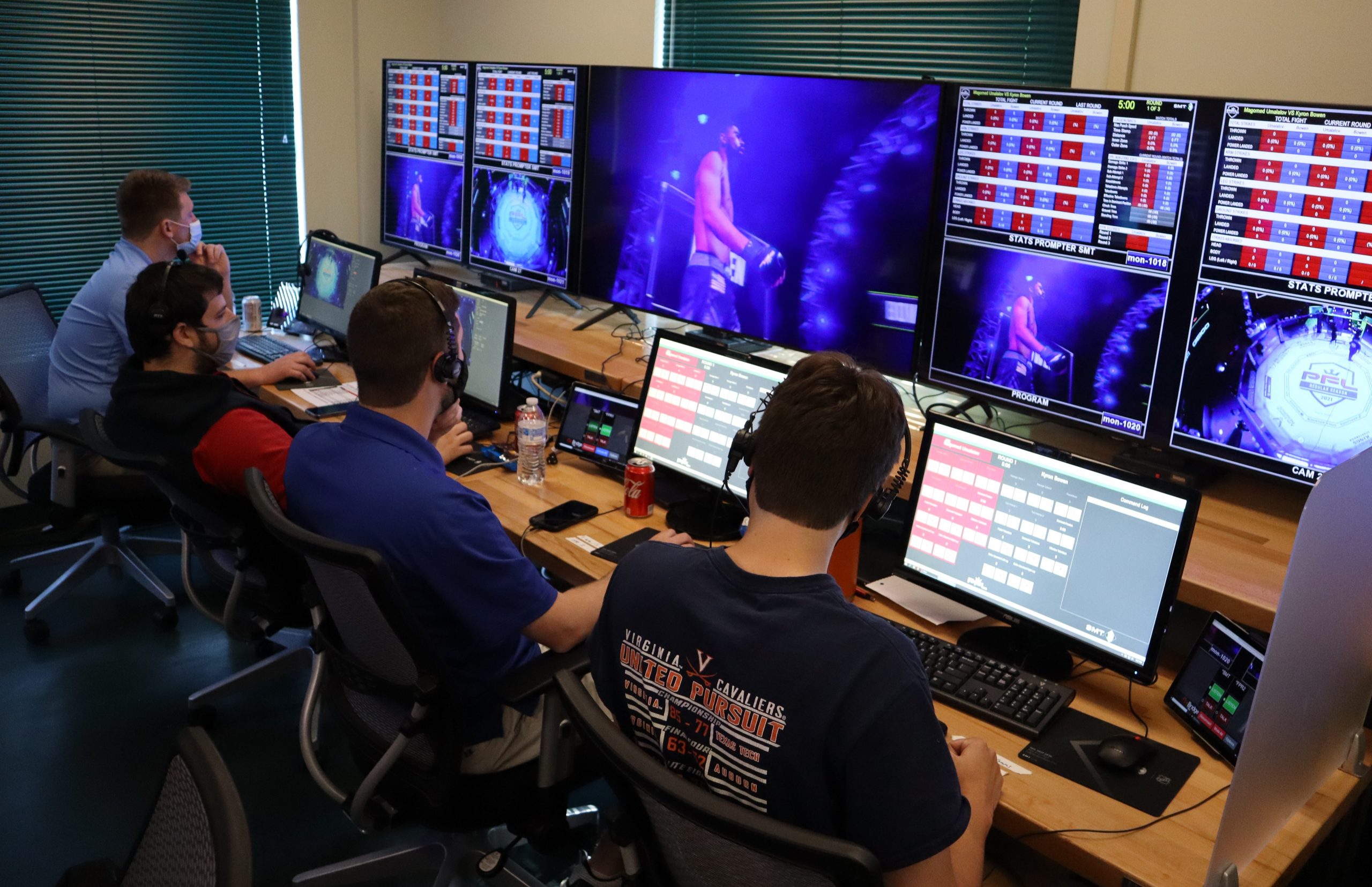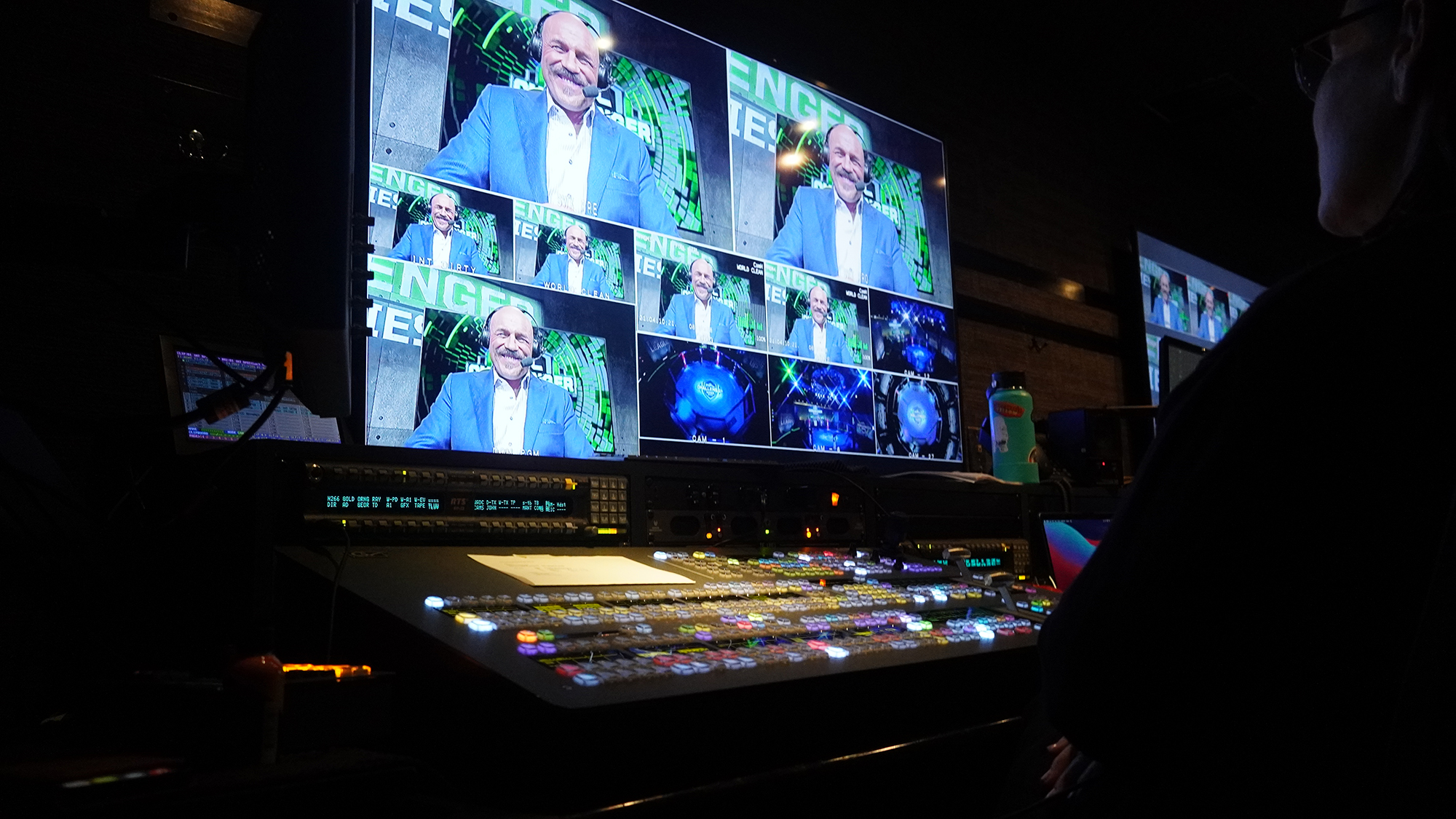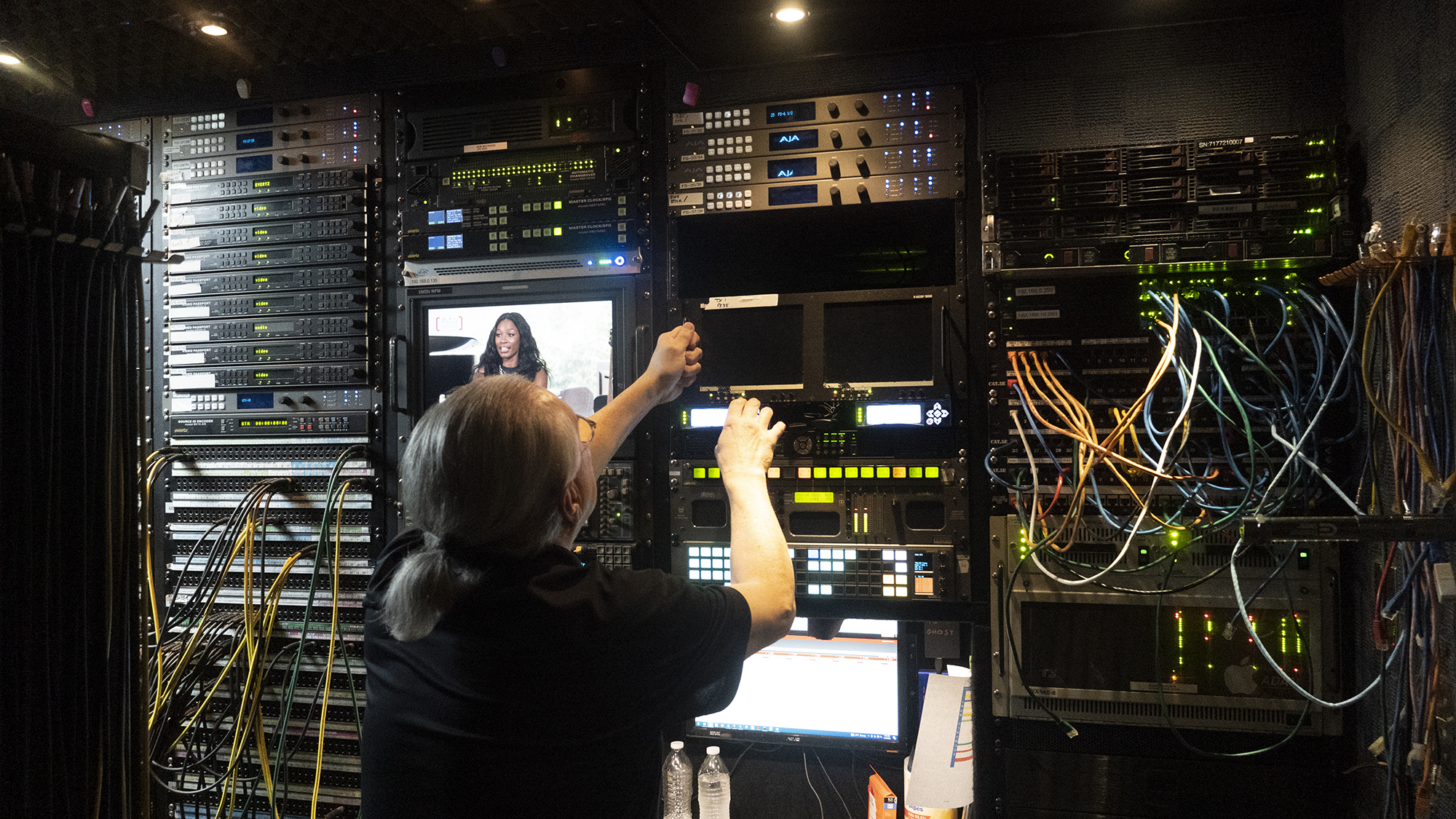SVG Sit-Down: PFL EP George Greenberg Reflects on Inaugural Challenger Series, Looks Toward 2022 Regular Season
Focus on storytelling, advanced technology mark both efforts
Story Highlights
The Professional Fighters League wrapped its inaugural eight-week Challenger Series on Friday night at Universal Studios with a total of nine fighters earning PFL contracts. The series, which was live-streamed on FuboTV in the U.S., offered an “American Idol meets MMA” format with plenty of betting content mixed in.
From its custom-built studio at Universal Studios in Orlando, PFL produced eight weeks of fight broadcasts that diverged greatly from its technology-heavy regular-season coverage. The production team, led by Executive Producer George Greenberg, put the focus squarely on the underdog stories of the fighters in the cage and brought in celebrity judges Vitor Belfort, Randy Couture, Ray Lewis, and Tyron Woodley to add a new flavor to the Challenger Series broadcasts.
PFL once again enlisted industry veteran First in TV President Larry Rogers as tech producer for the Challenger Series. On the facilities side, the league relied on BitFire to handle transmission of multiple video feeds and comms channels between the primary F&F Productions mobile units in Orlando and multiple operators working remotely, including SMT graphics and scoring systems located in Durham, NC. PFL also deployed a total of 14 cameras (four handhelds, one jib, three robos, one POV, three remote camera sources via BitFire, two P1s) to cover the action.
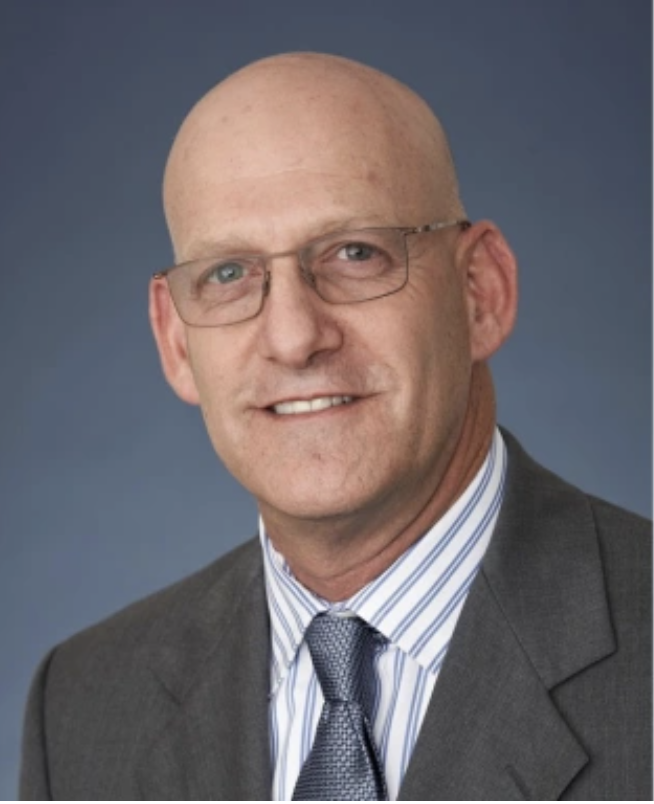 SVG sat down with Greenberg prior to the PFL Challenger Series finale to discuss highlights of the series, how he blends sports and entertainment within the broadcasts, the integration of betting and “the big board,” and why data and technology continues to be at the core of PFL’s production philosophy.
SVG sat down with Greenberg prior to the PFL Challenger Series finale to discuss highlights of the series, how he blends sports and entertainment within the broadcasts, the integration of betting and “the big board,” and why data and technology continues to be at the core of PFL’s production philosophy.
What differentiates the Challenger Series from the PFL regular season and other MMA fight broadcasts?
The format of the show is a combination of a traditional fight mixed with America’s Got Talent and American Idol. And we also have betting mixed in here, which has been a fabulous experience for us.
For betting, we’ve developed a big board very similar to horse racing, and one of our producers, Josh Fowler, has taken that under his wing. We’ve also been able to do fantastic things with Ian Parker, our betting expert and a former MMA manager. He has been a wonderful addition for our editorial.
One of the great things we’re doing is thinking differently about how we use talent in real time within our fights. Traditionally, you have a play-by-play, and you have a color man. We have those [elements], but we try to be much more fluid in how we use them during the fight.
We bring in our celebrity panelists, including Ray Lewis, Tyron Woodley, Randy Couture, Vitor Belfort. We show them in boxes [on the screen] in the middle of the fight, and they add tremendously to the editorial content of our show. We don’t do them just between rounds; we can slide them in during the fights in real time.
We also have Ian to talk betting, and then we have one virtual guest each week, [including] Jeremy Piven, Jarvis Landry, and Lolo Jones. So now there are six or seven different announcers contributing as the fight goes on. They’re contributing in real time, and we don’t wait for breaks, so that creates a very different dynamic.
It has been a really cool combination of entertainment and sports celebrities combined with MMA traditionalists to produce a product that has been very fluid and one that’s very different from anything people have seen in MMA before.
Can you describe the studio setup at Universal Studios and how it differs from the PFL setup in Atlantic City last season?
The studio is essentially a big open box, so we had to bring everything in. Larry Rogers is tremendous technical producer, and he has built out a totally self-contained infrastructure.
We parked our two trucks there and built the entire studio and set from scratch. We had to build the cage, as well as a complete stage for the celebrity panelists. And then we had to bring in the connectivity for BitFire, which allows us access to our graphics partner SMT, our virtual guests, and our remote editors on the East and West Coasts.
We brought everything in ourselves and built the infrastructure to the point where it’s every bit as powerful, maybe a bit more powerful than what we have done in the past at remotes. It has been a forward-thinking experience in terms of using the cloud to pass material very fluidly to our editors and SMT and the rest of our team. It has been a great way to extend our reach with fewer people onsite.
How did the idea of a “big board” come about to integrate wagering data into the broadcast?
The initial idea of a big board came from [PFL CEO] Pete Murray. Then producer Josh Fowler developed this vision of a real-time data-centric big board that could get us as close as possible to what they have in horse racing, which is absolutely the most advanced when it comes to real-time betting. He created a template and gave it to our animations partner Big Block to design the actual visual presentation.
Then we handed it over to [PFL SVP, Business Development,] Robbie Louthan and his team at SMT to develop the data component. SMT is far and away the best at what they do. All we had to do was present our concept visually and editorially for what we wanted, and then SMT executed everything from there in terms of the mechanics for the constant flow of betting information to the public.
How did the focus on betting/wagering change the production team’s philosophy for the Challenger Series broadcasts?
The wagering story is very fluid as the night goes along. And the ability to bring in our betting expert Ian Parker at any time is what I would call “a club in the bag.” Ian is a nearly constant part of our telecast; he’s just not segmented. We can slide him in and ask him about a parlay bet or when to double down at any point in the telecast. He has been fantastic because he not only knows the game but also intimately understands the odds and the wagering angles. The betting segment is every bit as much a part of our editorial as traditional storytelling; it’s just a story for a bettor.
At the front bench, our producer John Faratzis is in total control of the telecast, and he and Josh have a really good communication for the betting [elements]. Josh will go to John and tell him when it is a good time to bring in Ian or bring in the big board, and then we can fly that into the telecast at any moment.
How does the role of technology differ for the Challenger Series productions compared with PFL’s regular-season shows?
This was a different mindset going in. It was really about the stories of these fighters’ getting an amazing chance to win a contract into the Professional Fighters League. So, for a series like this, it’s less important to have a bunch of bells and whistles than it is to tell the stories of these fighters in a different way. That’s why we have incorporated celebrity panelists and virtual guests, which we don’t do during the regular season. It was a conscious choice to focus more on the stories of the Challenger Series, as well as betting, [than] on cameras and technology and things like that.
That said, this coming regular season is going to include all of the amazing technology that fans have come to expect from PFL — the SmartCage, RefCam, GhostCam, strike and kick speed — and a lot more.
Speaking of the 2022 season, can you provide a preview of what regular-season broadcasts will look like and any new technology you’ll be incorporating?
The production techniques and production equipment and all the technology that we have available to us has become an invaluable tool to push forward how viewers watch mixed martial arts.
We provide an awful lot of data: stick speed, kick speed, distance traveled around the cage. All this data is becoming increasingly valuable to the viewer because it creates a deeper way to measure performance.
The SmartCage will get even smarter this year with more things we introduce. We’ve been very proud of how much data we’ve been able to push out and the context in which we give it.
As I mentioned, RefCam and GhostCam will also be back, and they are very important storytelling tools for us. We never want to get away from actually telling the story from an editorial standpoint, but, when you can get into locations and offer angles that no other camera can get [the way] RefCam and GhostCam can, that tells an amazing story. We also have our [dual] shallow–depth-of-field Steadicam that has both the standard– and shallow–depth-of-field cameras. We’re the only ones that have that and are very proud of that one.
When we introduce the betting board to the regular season, I believe that’s genuinely going to change the way fans participate in watching a PFL experience. We’re going to lean very heavily into the betting experience this year, and the big board and Ian Parker are going to become rock stars, without a doubt.
One thing I can promise you is, we will always be the most technologically advanced mixed-martial-arts or combat-sports unit in the business. Every year, we push a bit more, but we will never get away from storytelling. Everything we do from a technology perspective is to serve the viewer and enable us to tell the story better.
The 2022 PFL Season begins April 20 on ESPN, ESPN Deportes, and ESPN+ in primetime. The remaining regular-season events will take place on April 28, May 6, June 17, June 24, and July 1.
This interview took place prior to Friday’s final edition of the PFL Challenger Series and has been edited for length and clarity.
